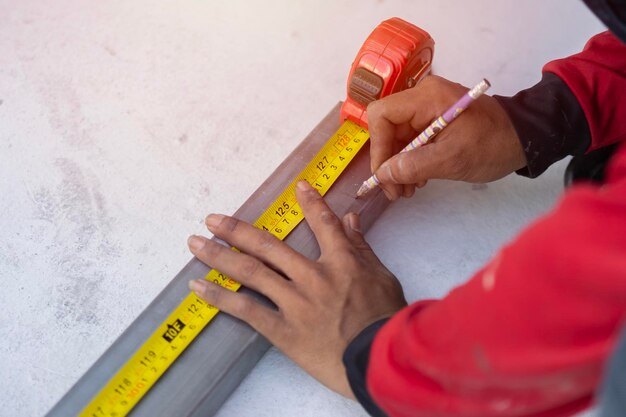How to Easily Calculate the Square Footage of Your Roof
Knowing the square footage of your roof is essential for various reasons, especially if you're planning repairs, replacements, or selling your home. Accurate measurements can help you estimate the amount of materials needed, cost predictions, and potential savings. Here's a simple guide to help you calculate it efficiently.
Understanding Your Roof's Shape
The first step in calculating your roof's square footage is recognizing its shape. Roofs come in various styles—such as gable, hip, flat, or mansard—and each determines how you should perform measurements.
- Gable roofs are the most straightforward since they're essentially two rectangles.
- Hip roofs involve four slanting panels that require a bit more effort to measure.
- Flat roofs are the simplest, typically being one horizontal surface.
- Mansard roofs have a combination of flat and steep sides, making it more complex to determine the total area.
Measuring Your Roof
Step 1: Tools You'll Need
Before you begin, gather the following tools:
- Measuring tape
- Calculator
- Ladder (for roof access)
- Notepad and pencil
- Safety gear (gloves, hard hat)
Step 2: Basic Measurement Calculation
For a basic gable roof, follow these steps:
Measure the Length and Width: Climb up using a ladder safely and measure the length and width of each roof section. If you can't access the roof, measure from the ground and adjust calculations for the slope angle.
Calculate Each Section's Area: Multiply the length and width for each section of the roof to find the area.
Example:
- Length: 30 feet
- Width: 10 feet
- Area (one side): 30 x 10 = 300 square feet
Consider the Slope: Adjust for the slope using the pitch (rise/run). Standard pitch factors are 1.15 for low slopes, 1.25 for medium, and 1.42 for steep.
Example for Medium Pitch:
- Area with pitch adjustment: 300 x 1.25 = 375 square feet per side
Step 3: Total Roof Area
To ensure you cover the entire rooftop:
- Add all calculated sections together. For multiple faces or complex roofs, ensure each portion is calculated and summed.
Step 4: Allow for Waste
Adding 10% extra is recommended to account for material waste and trimming during installation.
Boosting Financial Wisdom: More Than Just Measurements
Understanding your roof's dimensions is just one part of the story. Once armed with this knowledge, consider exploring opportunities to enhance your financial resilience. Owning a home involves many considerations, and being financially savvy can save money and reduce stress in the long term. Here are some options to explore:
- Government Aid Programs: Research local and national initiatives designed to assist homeowners with reducing costs or improving energy efficiency.
- Home Improvement Grants: Explore grants that may cover repairs or improvements, especially those that enhance sustainability.
- Credit Card Solutions: Look into attractive financing options or credit card offers that might subsidize home upgrades efficiently.
- Educational Grants: Comprehensive knowledge of your home could qualify you for courses or workshops on home maintenance. Look into educational grants to further your skills.
Helpful Financial Resources
- 📉 Debt Relief Options: Consider consulting a financial advisor for strategic debt management solutions.
- 🏠 Home Improvement Loans: Check with local banks for favorable rates on loans aimed at roof or structural improvements.
- 💸 Energy Efficiency Programs: Utilize programs that offer incentives for energy-efficient renovations.
- 🎓 Educational Workshops: Enroll in free or subsidized classes to enhance your home maintenance skills.
By taking these steps, you'll not only be equipped to manage your roof's dimensions but also enhanced to make informed decisions that safeguard your financial future.
